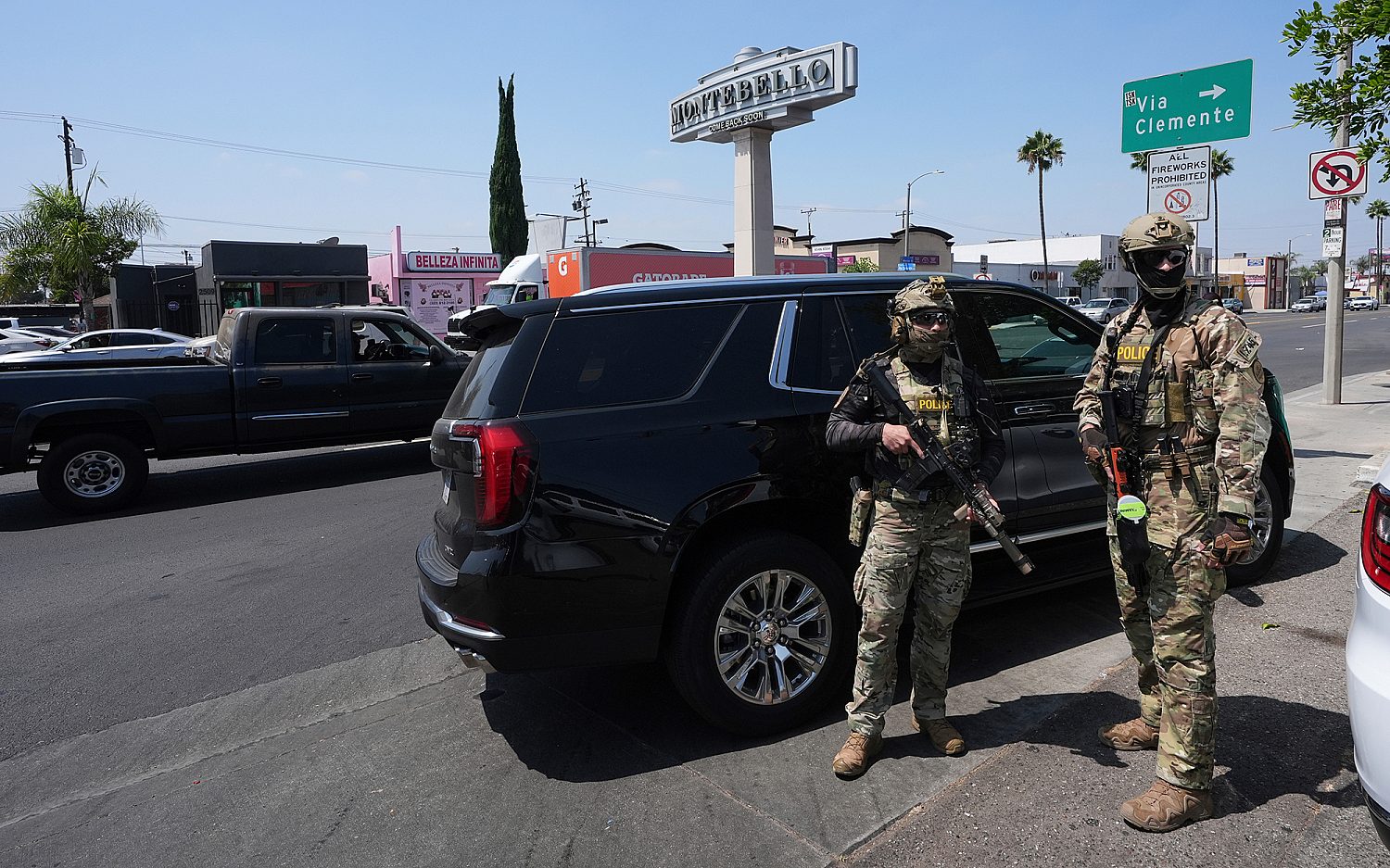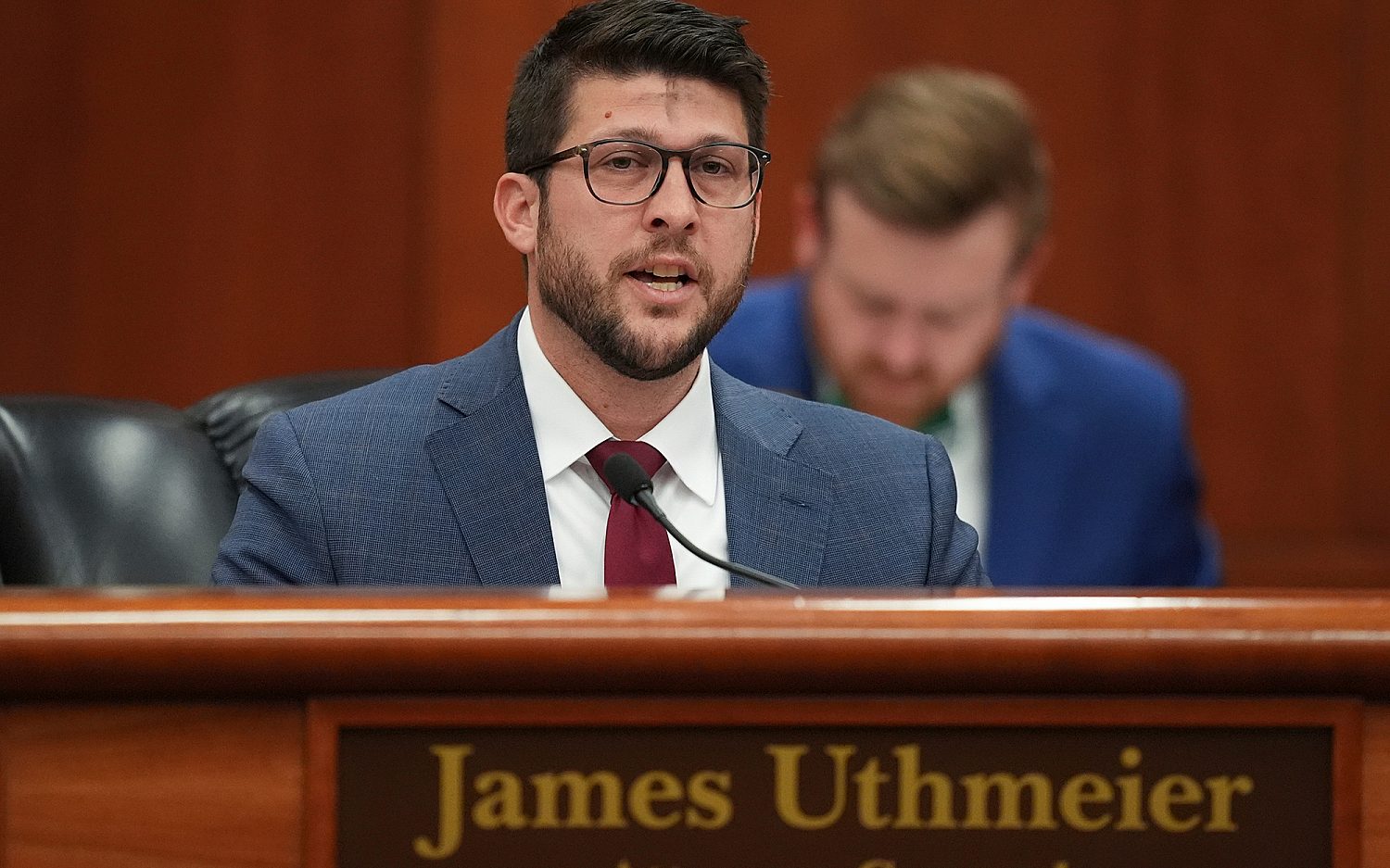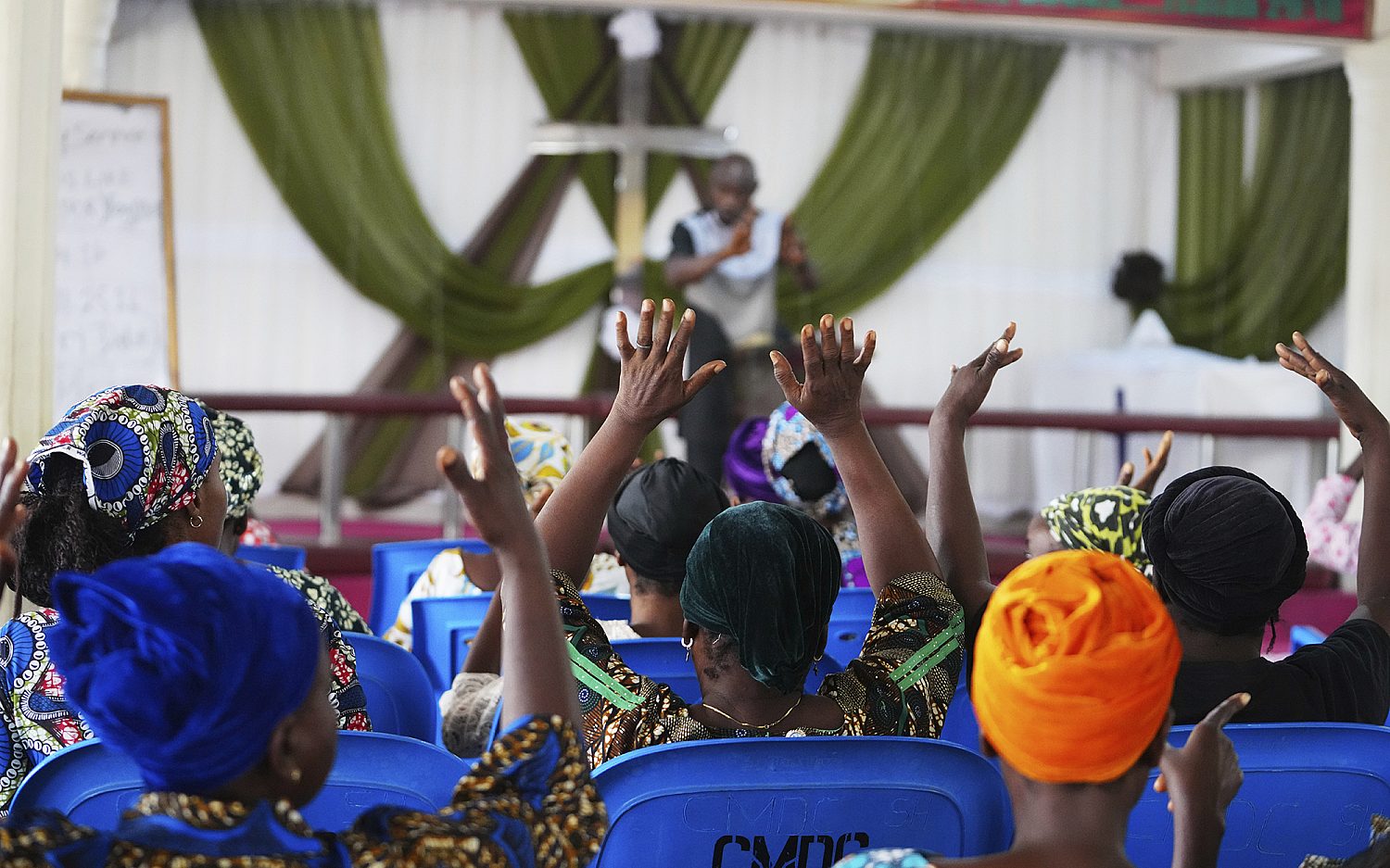Felix strikes
Category five hurricane slams into Central America
Hurricane Felix roared ashore early Tuesday as a fearsome Category 5 storm - the first time in recorded history that two top-scale storms have made landfall in the same season. The storm hit near the swampy Nicaragua-Honduras border, whipping metal rooftops through the air like razors and forcing thousands to flee coastal swampland.
Felix was the first of two major storms expected to make landfall on Tuesday: Off Mexico's Pacific coast, Hurricane Henriette churned toward the upscale resort of Cabo San Lucas, popular with Hollywood stars and sea fishing enthusiasts.
In Nicaragua, more than 12,000 people were evacuated just ahead of Felix's landfall, but some refused to leave vulnerable coastal communities, and three boats loaded with a total of 49 people sent out distress calls, civil defense official Rogelio Flores said.
"The winds are horrible," Red Cross official Claudio Vanegas said by phone from the Nicaraguan town of Puerto Cabezas shortly after Felix struck land nearby with winds of 160 mph. "They send roofs flying through the air, so we aren't going outside because it is too dangerous."
Phones and power were out in much of the Miskito Coast, making it difficult to find out what was happening in the remote, swampy area where many people depend on canoes for transport. Provincial health official Efrain Burgos warned that 18,000 people should find their own way to higher ground.
The only path to safety for many of those Indians was up rivers and across lakes that are too shallow for regular boats, but many lacked gasoline for long canoe journeys out. And damaging winds and floods could wipe out their crops of beans, rice, cassava and plantains.
In Honduras seaside resort of La Ceiba, residents spent the night reinforcing the flimsy walls of their homes with plywood and sandbags.
"It's going to be strong, but we have faith that Christ will protect us," said Sandra Hernandez, a 37-year-old housewife who watched satellite images of the storm on television.
Hurricane Dean struck Mexico two weeks ago as a Category 5 storm, and Felix's landfall marked the first time that two Category 5 hurricanes have hit land in a season since 1886, according to the U.S. National Oceanic and Atmospheric Administration. Only 31 such storms have been recorded in the Atlantic, including eight in the last five seasons.
"This is an extremely dangerous and potentially catastrophic hurricane. We just hope everybody has taken the precautions necessary to protect life and property," Richard Pasch, a hurricane specialist at the National Hurricane Center, said Tuesday.
Off Mexico's Pacific coast, Henriette strengthened into a hurricane and was on a path to hit the tip of the Baja California Peninsula on Tuesday afternoon. The storm had sustained winds of 75 mph and, at 8 a.m. EDT, was centered about 80 miles south-southeast of the peninsula.
Before dawn Tuesday, strong waves pounded the resort's beaches, rain fell in sheets and strong winds whipped palm trees. More than 100 residents spent the night in makeshift shelters as the storm approached, and more were expected to leave their homes Tuesday.
Henriette claimed seven lives even before it strengthened into a hurricane. One woman drowned in high surf in Cabo San Lucas on Monday, and the storm caused flooding and landslides that killed six people in Acapulco.
On Tuesday, in the final hours before Hurricane Felix was expected to hit, Grupo Taca Airlines frantically airlifted tourists from the Honduran island of Roatan, popular for its pristine reefs and diving resorts, while the U.S. Southern Command said a Chinook helicopter evacuated 19 U.S. citizens, including tourists and members of U.S. Joint Task Force-Bravo who were visiting the island. Delta Airlines sent an extra flight Tuesday to Honduras to help customers escape Felix.
Bob Shearer, 54, from Butler, Pa., said he was disappointed his family's scuba diving trip to Roatan was cut short.
"I only got seven dives in. I hope they didn't jump the gun too soon," he said as he waited for a flight home in the San Pedro Sula airport.
The storm was following the same path as 1998's Hurricane Mitch, a sluggish storm that stalled for a week over Central America, killing nearly 11,000 people and leaving more than 8,000 missing, mostly in Honduras and Nicaragua.
Meteorologists agree that it is impossible to determine if any single hurricane is the result of climate change. But they differ on the key question of whether global warming is making hurricanes stronger.
Some scientists say that more intense hurricanes are forming because of human-caused increases of sea surface temperatures. Others say that newer technology such as satellites and other devices allow better storm strength measurements, and that accounts for the increase in detecting more powerful hurricanes.
An actual newsletter worth subscribing to instead of just a collection of links. —Adam
Sign up to receive The Sift email newsletter each weekday morning for the latest headlines from WORLD’s breaking news team.




Please wait while we load the latest comments...
Comments
Please register, subscribe, or log in to comment on this article.